Contact Us
History of Bourbon Co. Clay
RICH BOURBON COUNTY HISTORY
Fort Scott, Kansas, has a rich history rooted in the brick-making industry, which played a pivotal role in the town’s development during the mid 19th and early 20th centuries. The story of the brick plants in Fort Scott is one of hard work, innovation, and a community that thrived on the strength of its industry.
The Birth of an Industry
In the 1880s, Fort Scott was a bustling frontier town. As the railroad expanded westward, the demand for durable building materials grew. The area around Fort Scott was rich in clay, making it an ideal location for brick manufacturing. The first brick plant in Fort Scott was established in 1865 by John O’Neil who recognized the potential of the clay deposits.
John O’Neil, Brick Maker and Sweeney & Johnson Brickmakers were among the earliest and most successful of these enterprises. The companies quickly grew, employing hundreds of workers and producing thousands of bricks daily. These bricks were used to build everything from homes and schools to factories and warehouses, not just in Fort Scott but across the region.
Images courtesy of Fort Scott Genealogical Society
A Community Built on Bricks
The brick plants were more than just factories; they were the lifeblood of Fort Scott. The success of the industry led to the construction of many of the town’s most iconic buildings, and its famous brick streets. The streets, paved from locally made bricks, are still drivable today as a testament to the strength and quality of the materials produced.
The Fort Scott Brick Company made forty-thousand bricks per day and Fort Scott Steam Brick Works produced 120,000 bricks per day in addition to decorative terra cotta for buildings and gardens. These bricks were not only used to build buildings & line the streets in Fort Scott, KS but were also used in some very famous landmarks. Fort Scott bricks were used in the construction of the Indianapolis (brickyard) Speedway and the Panama Canal.

A Woman-Owned Company
Bourbon County Clay
8 N National Ave.
Fort Scott, KS 66701
Get early access to Limited Editions:
VIP Sign Up
You're in!
Oops, there was an error sending your message.
Please try again later.
Bourbon County Clay




